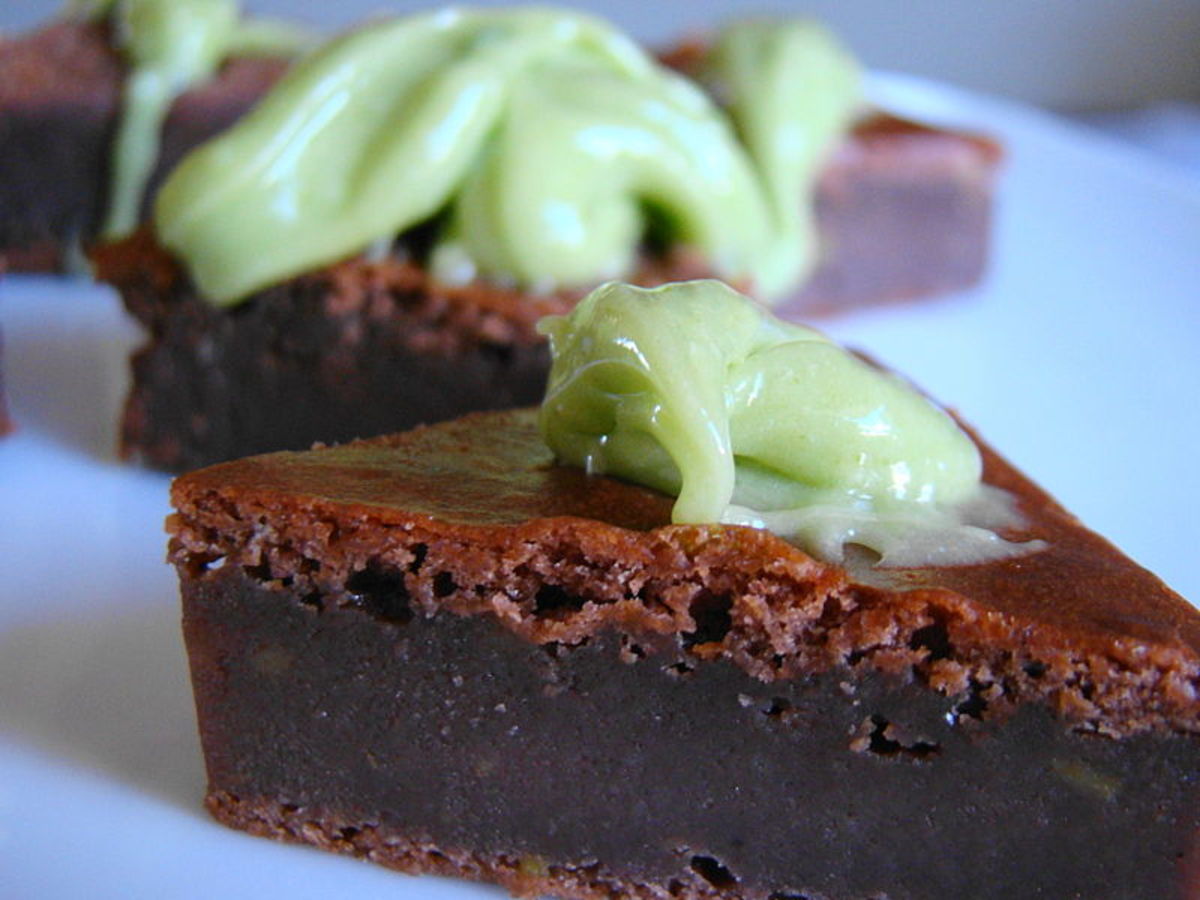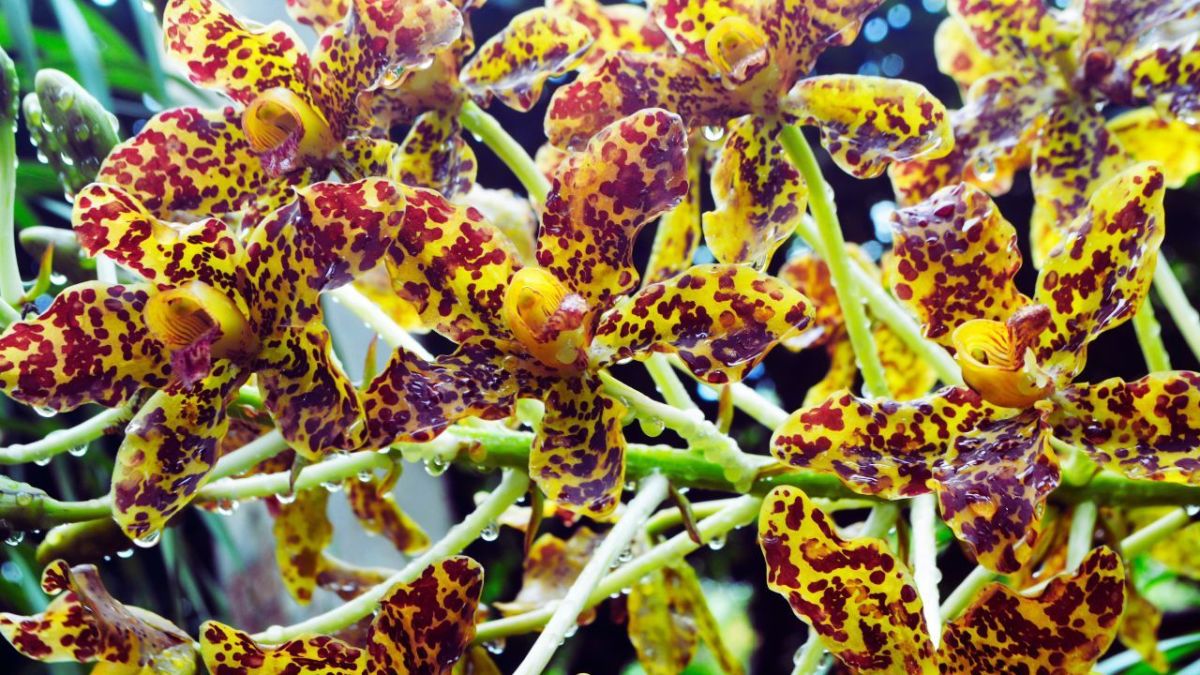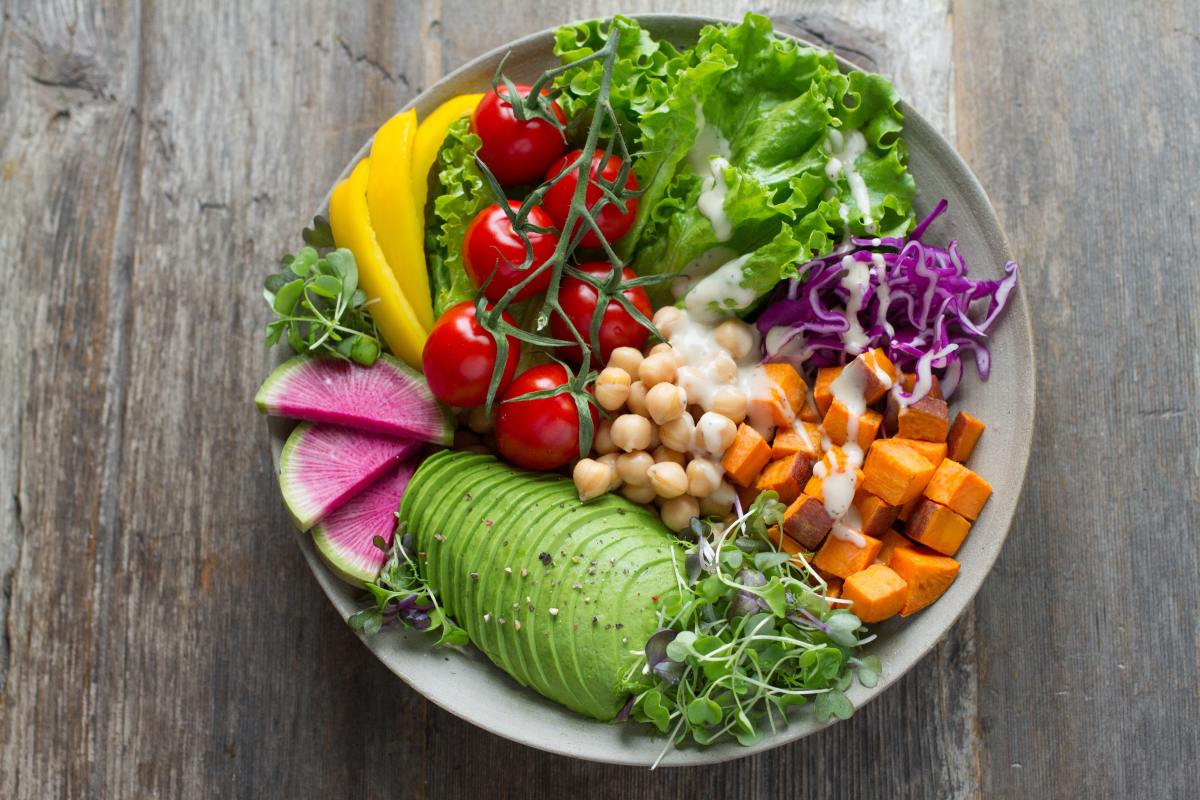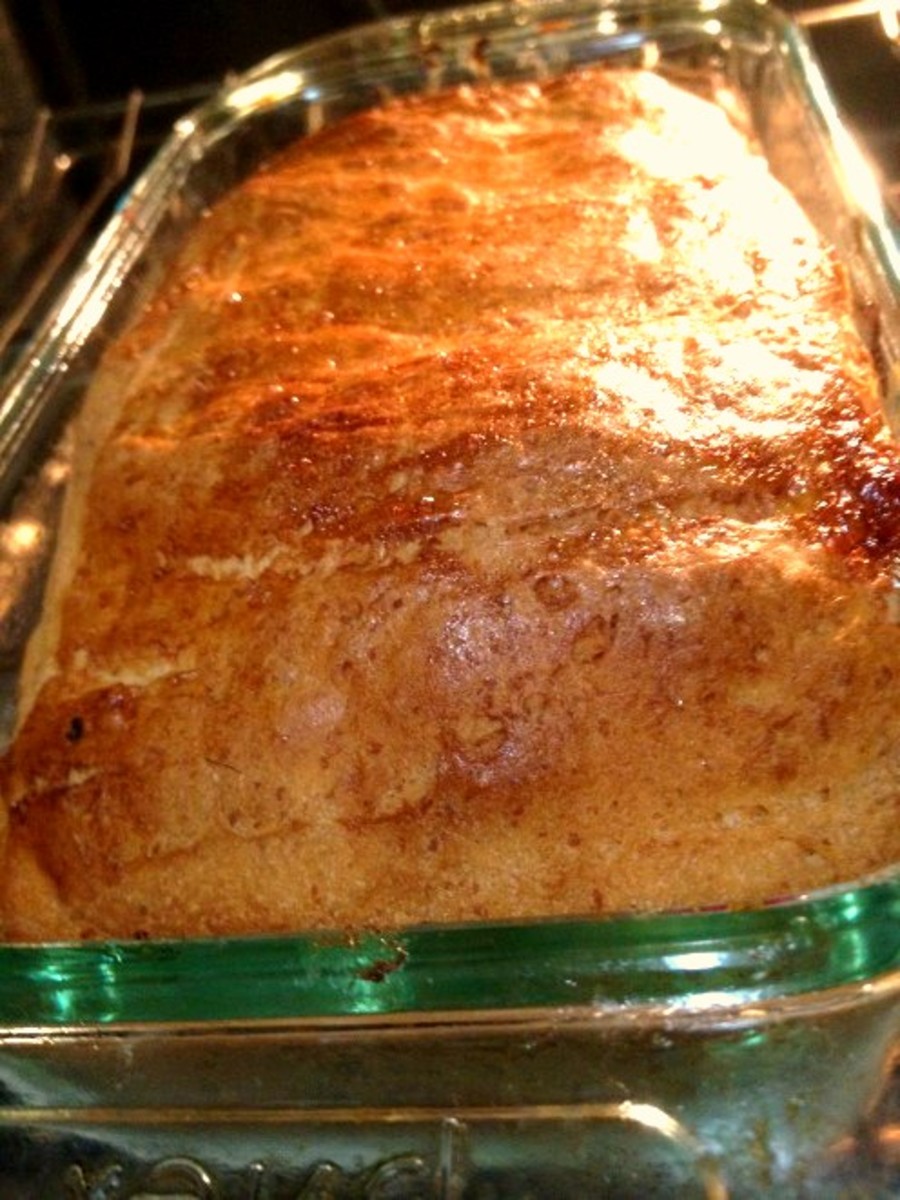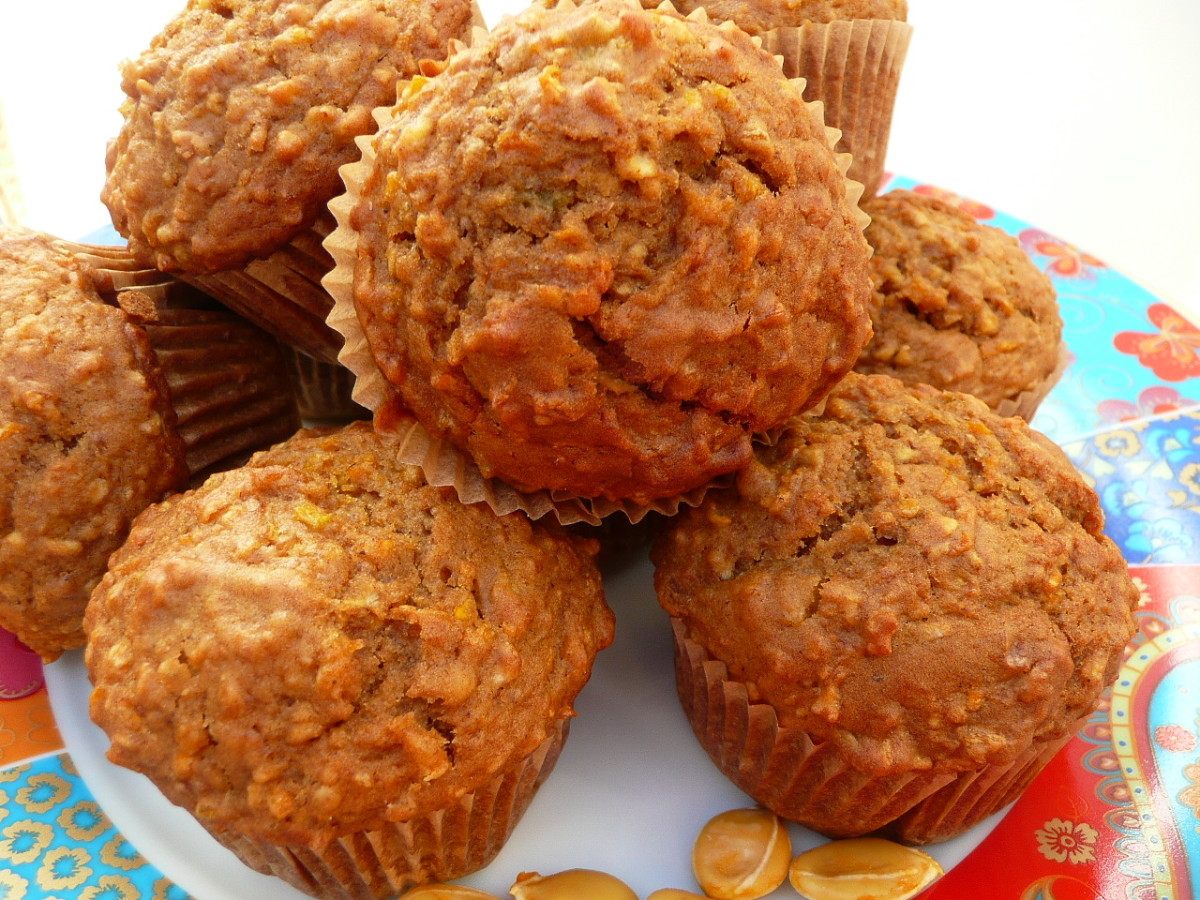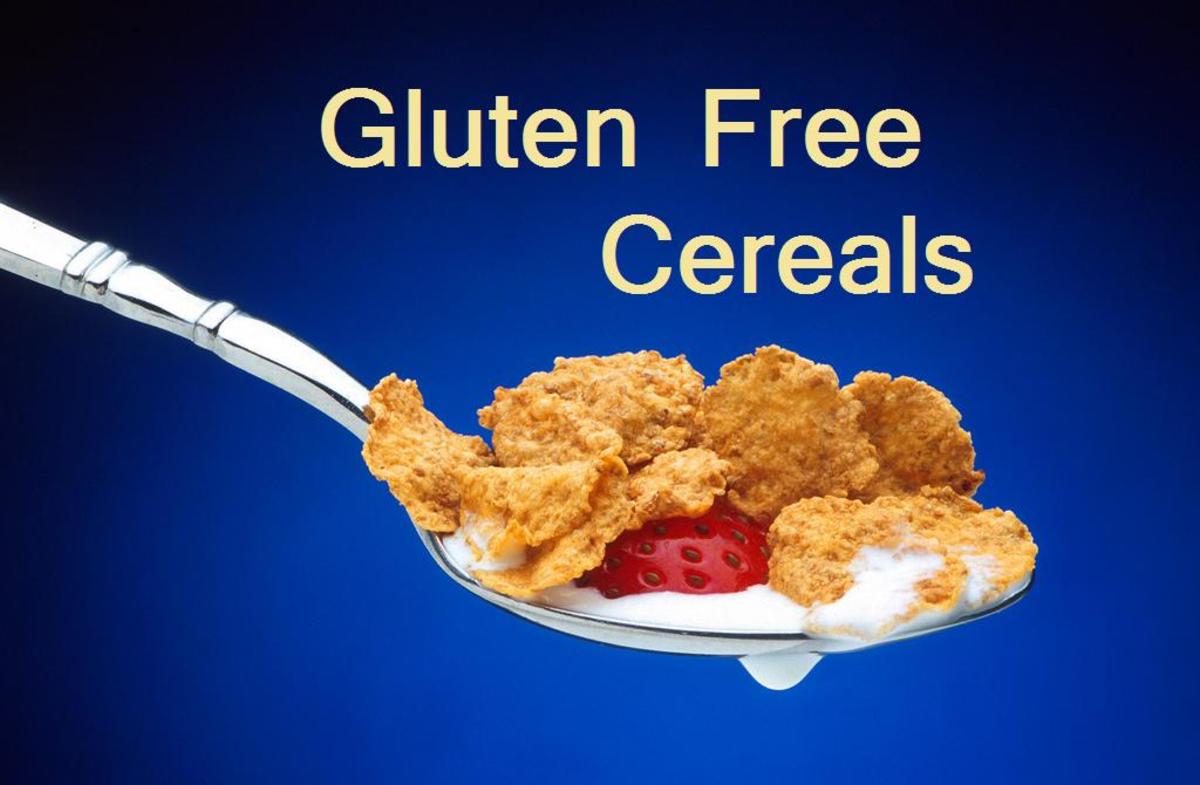Seven Ways to Change the World by Eating
You are what you you eat, and so, people are realizing more and more, is the planet. These tips will help you eat a diet that is healthier for both you and the planet.
Resouces
- Local Harvest
The best organic food is what's grown closest to you. Use our website to find farmers' markets, family farms, and other sources of sustainably grown food in your area, where you can buy produce, grass-fed meats, and many other goodies. - Eat Well Guide
Find wholesome, fresh, sustainable food in the US and Canada.
1. Eat locally grown foods in season.
Sure you can get strawberries in the middle of December, but is it worth it? Foods bought in season are generally cheaper and tastier than those bought out of season.
Furthermore, eating locally produced foods in season is dramatically better for environment. Most produce in the USA is picked 4 to 7 days before being placed on supermarket shelves, and is shipped for an average of 1500 miles before being sold. Most out of season foods are shipped even farther - often from Central or South America. One sample basket of imported organic produce could release as much CO2 into the atmosphere as an average four bedroom household does through cooking meals for eight months. The same basket of non-organic imported produce would release even more CO2 because non-organic food uses more energy in the production process: for example, the energy used to make and transport the chemical fertilizers and pesticides used in its production. Non-organic milk, for example, needs five times more energy per cow than organic milk.
Resources
- Organic Consumers Association
Research and Action Center for the Organic, Buy local, and Fair trade movements. - Organic.org
Our mission is to educate people on the benefits of organic agriculture, food and products. - Eat Wild
Eat Wild - The #1 Site for Grass-fed Food & Facts, with a state-by-state listing of farmers who sell grass-fed meat, eggs and dairy products.
2. Buy organic foods and free range animal products.
Chemical pesticides and fertilizers used on crops are a major threat to human and environmental health, while the spread of antibiotic resistant disease strains is believed to be expedited by "factory farming" techniques in which animals are overcrowded and under-cared-for while being kept healthy by large doses of antibiotics in their daily feed. Organic farming relies on time honored farming techniques such as crop rotation and diversification to protect against pests and diseases, and free range animals stay healthy without constant antibiotic use. Buying organic is also more like to mean buying locally produced food from small, family farms.
Vote for a Free Range Future
3. Shop at a Farmer's Market
By shopping at a farmer's market, you are directly supporting a local family farm and are more likely to keep the money within your community. You also have more control over your food choices - if you know the farmer, you can find out what pesticides, fertilizers, hormones, and antibiotics were used produce the food, if any. (Small family farmers who sell at farmer's markets are more likely to raise organic crops and free-range livestock.)
Great Organic Gardening Books
4. Grow a garden.
Growing a garden is both a relaxing hobby and a way to teach yourself and others about the rhythms of nature, the amount of work needed to put food on the table, and where food comes from (some of the funniest and saddest jokes passed around the farming and gardening communities concern city kids who, for example, don't know that potatoes or carrots grow underground or who seriously believe that hamburgers grow on trees.) Homegrown crops, especially tomatoes, almost invariably taste better than those purchased at the grocery store as well.
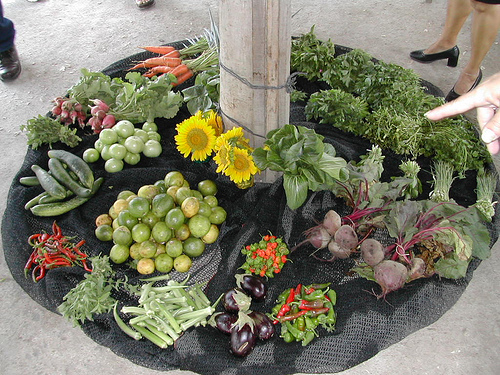
Resources
- EatLessMeat.org
The Eat Less Meat campaign touches on many key issues at the heart of today's sustainability debate. The site also offers plenty of useful ideas for everyone concerned with eating a healthy diet. - Go Veg
Why to go vegetarian (or just reduce meat consumption), and how
Vegetarian Cooking Resources
5. Eat less meat.
Notice I didn't say "Become Vegetarian." I love shrimp, chicken, and lamb too much to turn vegetarian myself, but I rarely cook meat at home and when I do, use it more as a condiment than the focus point of a meal. I nearly always use organic, free range animal products because I know that the animals have been treated more humanely than the poor victims of factory farm agriculture.
Eating lots of meat is also bad for the environment. Producing 1 pound of feedlot beef requires 7 pounds of feed grain, which takes 7000 pounds of water to grow. One hamburger causes 55 square feet of rain forest destruction (for tropically raised beef) and 12 pounds of livestock feces and other pollutants. The amount of water required to raise one steer to market weight, including both the water he himself consumes and the water used to irrigate the grain he is fed in the feedlot, is enough to float a supertanker. Worldwide, livestock now produce 130 times as much waste as people do. Livestock waste disposal is often unregulated or unenforced and improper disposal of livestock waste has been linked to many human and environmental health disasters. In short, eating red meat uses 20 times the land, and causes seven times the common water pollution, five times the toxic water pollution and water use, and three times the greenhouse gas emissions as eating a vegetable, fruit, and grain based diet. Finally, a diet heavy in red meat has been linked to increased risk of obesity, heart disease, cancer, and many other diseases.
For the dedicated carnivore, eating grass-fed meat, dairy, and eggs is one way to reduce the environmental impacts of meat eating. Grass-fed animal products are also healthier for you, with higher levels of vitamins, minerals, and healthy Omega-3 fatty acids and lower levels of saturated fat and cholesterol than conventionally raised meat, eggs, and dairy.
The Slow Food Movement
- Slow Food USA
Slow Food USA envisions a future food system that is based on the principles of high quality and taste, environmental sustainability, and social justice – in essence, a food system that is good, clean and fair.
6. Eat more "slow food."
The highly processed food sold by many fast food restaurants is probably not local and has been so processed that it has lost most of its nutritional value. Excessive fast food consumption in the US is considered a primary cause of the current epidemic of obesity. Eating fast food also robs your family of the the quality time required to prepare and consume a good meal.
Slow Food in a Fast World
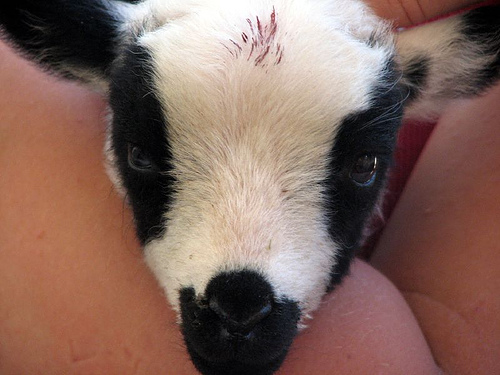
Resources
- American Livestock Breeds Conservancy
Working to protect nearly 100 breeds of cattle, goats, horses, asses, sheep, swine and poultry from extinction. - Heritage Foods USA
Heritage Foods USA exists to promote independent family farms and humane production, genetic diversity and traceability in the food supply by selling wholesome, tasty foods to professional and home chefs. - Seed Savers Exchange
Seed Savers Exchange is a nonprofit organization that saves and shares the heirloom seeds of our garden heritage.
7. Support biodiversity.
Around the world, the diversity of our food supplies is slipping. About 7,000 plant species have been cultivated and collected for food by humans since agriculture began about 12,000 years ago. Today, only about 15 plant species and 8 animal species supply 90% of our food. In many of these species only a handful of varieties are responsible for the vast majority of production. For example, in the 1920s more than 60 breeds of chickens were raised on farms across the United States. Today, one hybrid chicken, the Cornish Rock cross, supplies nearly all the supermarket chicken meat, while White Leghorns lay almost all the white eggs.
Industrialized farming is primarily responsible for this staggering loss of biodiversity. Industrial farms select for high production levels and ease of transport - often ignoring other factors such as hardiness, disease resistance, foraging efficiency (livestock only), and using chemicals, hormones, and antibiotics to make up the difference. Relying so heavily on a few varieties of a few species for so high a percentage of our food supply leaves us vulnerable to disasters such as the Irish Potato Famine of the 1840's. Millions of people starved and millions more fled the country because the Irish diet had become dependant on a single variety of potato . . . which just happened to be highly susceptible to black rot. Whenever possible, buy unusual varieties of vegetables and fruits and meat, milk, and eggs from heirloom animal species. (Often available at farmers markets.) If you have a garden or farm, raise heirloom varieties of plants and animals.




